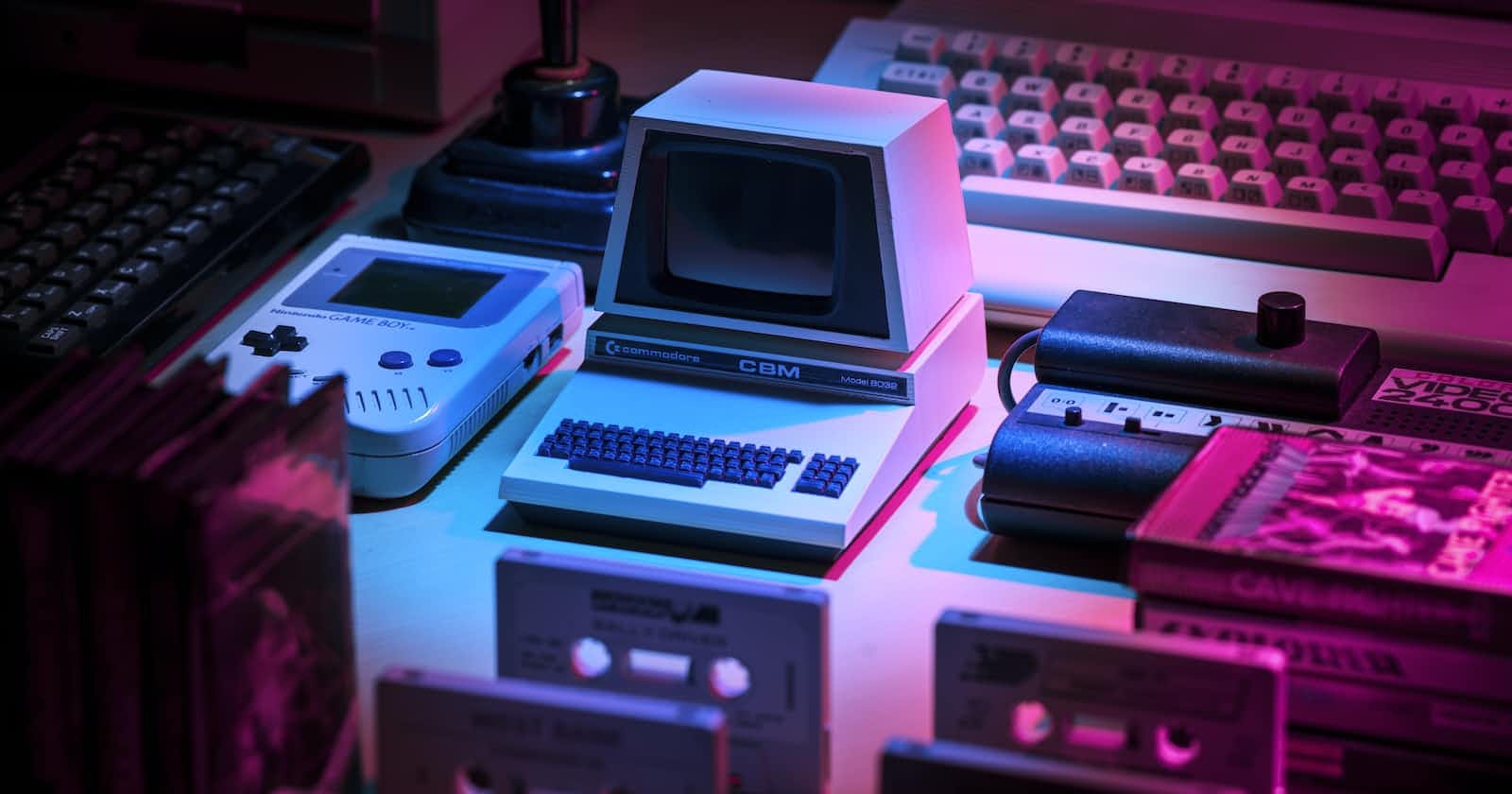Table of contents
No headings in the article.
Computers are electronic devices that process information using a combination of hardware and software. The basic components of a computer include:
Central Processing Unit (CPU): The CPU is the "brain" of the computer, responsible for executing instructions and controlling the overall operation of the computer.
Memory: Memory, also known as RAM (Random Access Memory), is used to temporarily store data and instructions that the CPU needs to access quickly.
Storage: Storage devices such as hard drives or solid-state drives (SSDs) are used to permanently store data and software programs.
Input devices: Input devices such as keyboards, mice, and touchscreens are used to enter data and commands into the computer.
Output devices: Output devices such as monitors, printers, and speakers are used to display or output information from the computer.
The computer works by executing instructions that are stored in memory. These instructions are written in a language that the CPU can understand, such as machine code or assembly language. The CPU retrieves these instructions from memory, executes them, and then stores the results back in memory or sends them to an output device.
The operating system is the software that manages the overall operation of the computer. It controls access to hardware resources, manages memory and storage, and provides a user interface for interacting with the computer.
When a user interacts with a computer, the input devices send data to the CPU, which executes software programs and processes the data. The results are then sent to output devices, such as a monitor or printer, for the user to view or use. This process repeats as the user interacts with the computer, with the CPU constantly executing instructions and the software programs performing specific tasks based on user input.
another think help computer to work is BIOS (Basic Input/Output System) is a firmware that is stored in a read-only memory (ROM) chip on the motherboard of a computer. Its main role is to initialize and test the hardware components of the computer, including the CPU, memory, storage devices, and input/output devices, during the boot process. The BIOS also provides a basic set of instructions that allow the operating system to interact with the hardware components.

